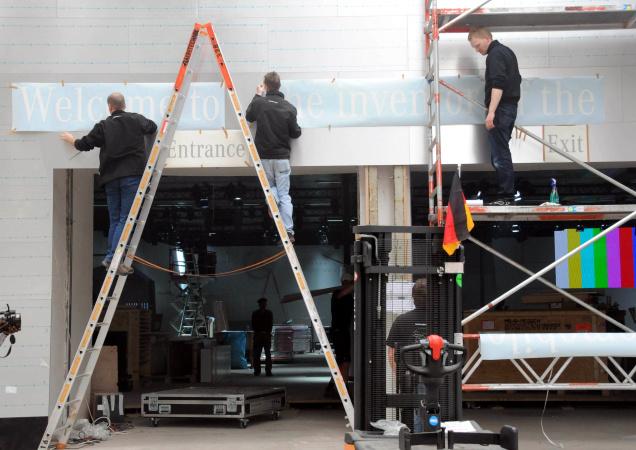In order to cope up with the rising inflation, the Reserve Bank of India (RBI) has hiked its policy rate again. This is the tenth time that a hike seen in the RBI credit policy since last November. The repo rate at which the RBI gives credit to all the banks has gone up by 0.25 to 7.50 per cent.
The RBI said that it has taken such a step to hike the policy rates so as to safely fix the rising inflationary expectations by controlling the demand pressures which in turn would help to reduce the impact of the global developments that is causing adverse effects.
By increasing the policy rates, the consumers will now be required to pay higher EMIs on their housing loans as well as auto and personal loans. The hike in the RBI credit policy has resulted in the increase of 2 per cent interest rate on home loans.
With the present hike of 25 basis points, the current repo rate is 7.5 percent. The decision of the RBI to hike the key interest rates is considered to be right by the finance department and other people on the basis of the current scenario and the inflation growth. In fact it is expected that RBI will continue to hike rates one or two times by approximately 25 basis points. Although this entire situation is a matter of concern but it is expected that the overall economic growth will not be affected much. Since inflation will not come down in the short term so the RBI is expected to tighten its monetary policy for some time and hopes that this will not affect the growth rate.
But economists suggest that making the money supply tougher will not help much to reduce inflation. On the other hand, it may hamper growth affecting people’s purchasing power. They feel it would have been better if inflation could be controlled by increasing the supply side of goods.



